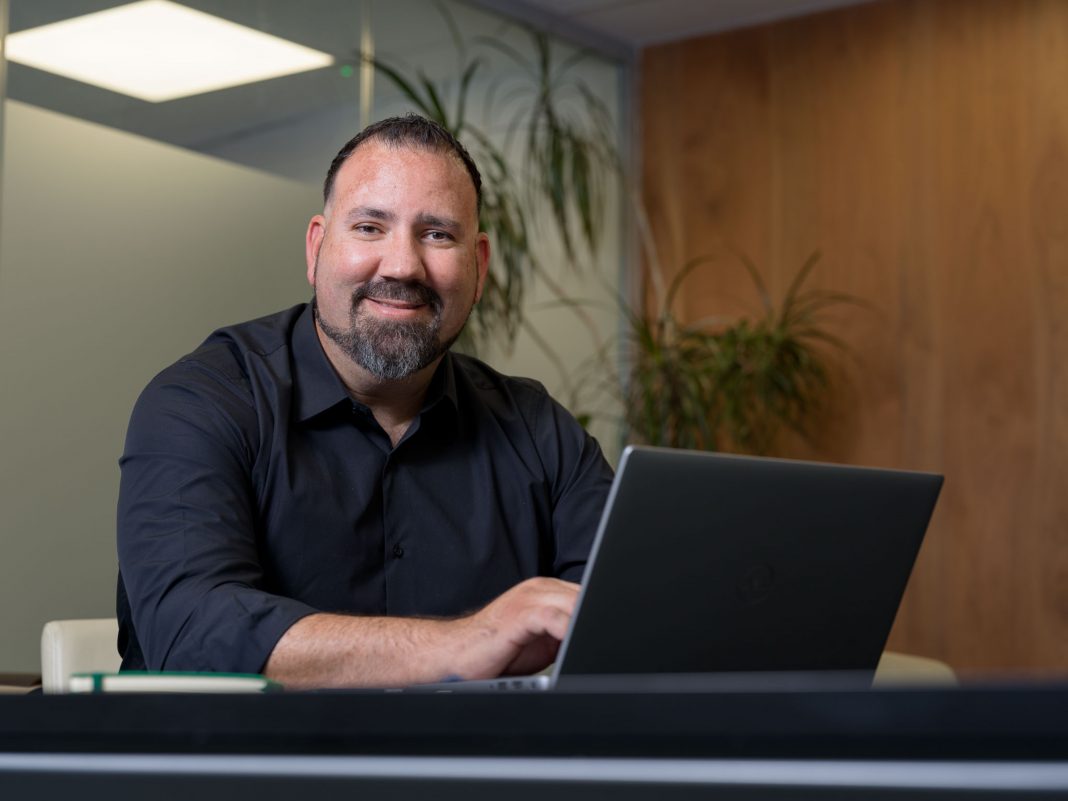It’s that time of year, when Business Link Magazine invites the region’s business leaders to offer up their predictions for the year ahead.
It has become something of a tradition, given that we’ve been doing this now for over 30 years.
Here we speak to Daniel McNerney, Managing Director at See Limited.
The built environment industry has faced significant challenges with skills shortages in 2024, and this will continue in 2025.
Action will need to be taken to reverse this trend in order to avoid impact on the completion time and cost of a project. Apprenticeships will also have a part to play in combatting this. However, there is a need to make information on apprenticeships accessible for businesses, with greater support offered to help them start this journey. Early engagement with young people at schools and colleges will be key in helping to promote the industry and demonstrate the variety of opportunities and roles available.
When it comes to trends, bringing the outside in and connecting buildings and its occupants with nature – otherwise known as biophilic design – has been a design staple over the last few years. This will continue to evolve throughout 2025 and we predict that more curved furniture and walls will feature, creating a sense of warmth in a space rather than harsh, rigid lines.
Architects and interior designers working in the UK’s built environment industry will also need to commit to incorporating more sustainable practices in their work and creating spaces that mitigate the impacts of climate change, while also improving human wellbeing. With so many certifications out there, it will be important for them to identify relevant and accredited documentation routes to pursue in order to meet industry standards. Ideally, they should conduct a lifecycle analysis to form an Environmental Product Declaration (EPD).
By having environmental data available about the lifecycle of materials, key decision makers will be best equipped to make informed decisions about the materials they select so that they can track their own carbon footprint.



